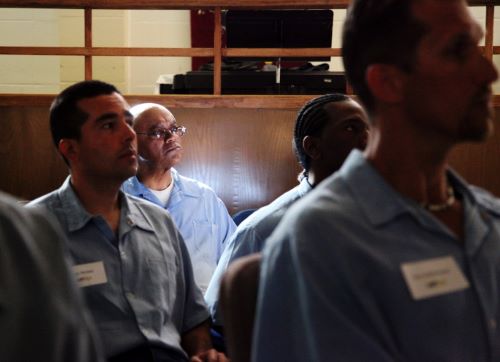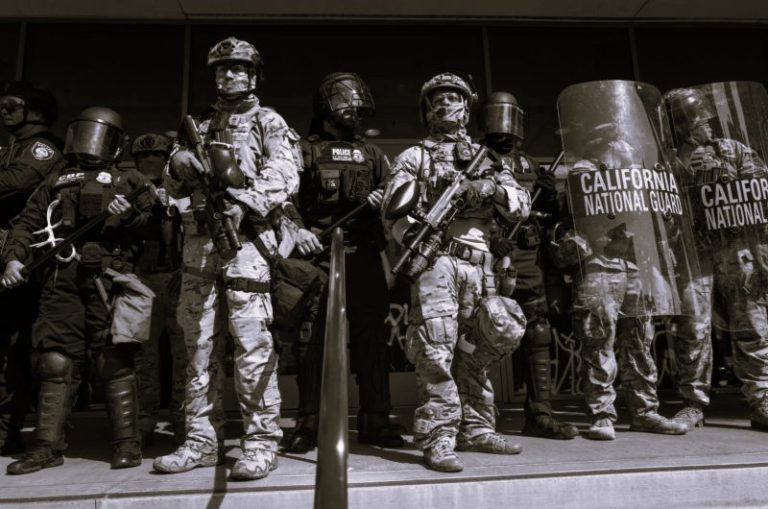

By Christy Visher and John Eason
Prison culture and environment are essential to public health and safety. While much of the policy debate and public attention of prisons focuses on private facilities, roughly 83 percent of the more than 1,600 U.S. facilities are owned and operated by states.1 This suggest that states are an essential unit of analysis in understanding the far-reaching effects of imprisonment and the site of potential solutions. Policy change within institutions has to begin at the state level through the departments of corrections. For example, California has rebranded their state corrections division and renamed it the California Department of Corrections and Rehabilitation. For many, these are not only name changes but shifts in policy and practice. In this chapter, we rethink the treatment environment of the prison by highlighting strategies for developing cognitive behavioral communities in prison—immersive cognitive communities. This new approach promotes new ways of thinking and behaving for both incarcerated persons and correctional staff. Behavior change requires changing thinking patterns and cognitive behavioral therapy (CBT) is an evidence-based strategy that can be utilized in the prison setting. We focus on short-, medium-, and long-term recommendations to begin implementing this model and initiate reforms for the organizational structure of prisons.
Level Setting
The U.S. has seen a steady decline in the federal and state prison population over the last eleven years, with a 2019 population of about 1.4 million men and women incarcerated at year-end, hitting its lowest level since 1995.2 With the COVID-19 pandemic in 2020, criminal justice reformers have urged a continued focus on reducing prison populations and many states are permitting early releases of nonviolent offenders and even closing prisons. Thus, we are likely to see a dramatic reduction in the prison population when the data are tabulated for 2020.
However, it is undeniable that the U.S. will continue to use incarceration as a sanction for criminal behavior at a much higher rate than in other Western countries, in part because of our higher rate of violent offenses. Consequently, a majority of people incarcerated in the U.S. are serving a prison sentence for a violent offense (58 percent). The most serious offense for the remainder is property offenses (16 percent), drug offenses (13 percent), or other offenses (13 percent; generally, weapons, driving offenses, and supervision violations).3 Moreover, the majority of people in U.S. prisons have been previously incarcerated. The prison population is largely drawn from the most disadvantaged part of the nation’s population: mostly men under age 40, disproportionately minority, with inadequate education. Prisoners often carry additional deficits of drug and alcohol addictions, mental and physical illnesses, and lack of work experience.4
According to data compiled by the U.S. Bureau of Justice Statistics, the average sentence length in state courts for those sentenced to confinement in a state prison is about 4 years and the average time served is about 2.5 years. Those sentenced for a violent offense typically serve about 4.7 years with persons sentenced for murder or manslaughter serving an average of 15 years before their release.5 Thus, it is important to consider the conditions of prison life in understanding how individuals rejoin society at the conclusion of their sentence. Are they prepared to be valuable community members? What lessons have they learned during their confinement that may help them turn their life around? Will they be successful in avoiding a return to prison? What is the most successful path for helping returning citizens reintegrate into their communities?
Regrettably, prison life is often fraught with difficulty. Being sentenced to incarceration can be traumatic, leading to mental health disorders and difficulty rejoining society. Incarcerated individuals must adjust to the deprivation of liberty, separation from family and social supports, and a loss of personal control over all aspects of one’s life. In prison, individuals face a loss of self-worth, loneliness, high levels of uncertainty and fear, and idleness for long periods of time. Imprisonment disrupts the routines of daily life and has been described as “disorienting” and a “shock to the system”.6 Further, some researchers have described the existence of a “convict code” in prison that governs behavior and interactions with norms of prison life including mind your own business, no snitching, be tough, and don’t get too close with correctional staff. While these strategies can assist incarcerated persons in surviving prison, these tools are less helpful in ensuring successful reintegration.
Thus, the entire prison experience can jeopardize the personal characteristics required to be effective partners, parents, and employees once they are released. Coupled with the lack of vocational training, education, and reentry programs, individuals face a variety of challenges to reintegrating into their communities. Successful reintegration will not only improve public safety but forces us to reconsider public safety as essential to public health.
READ ENTIRE ARTICLE AT THE BROOKINGS INSTITUTION


